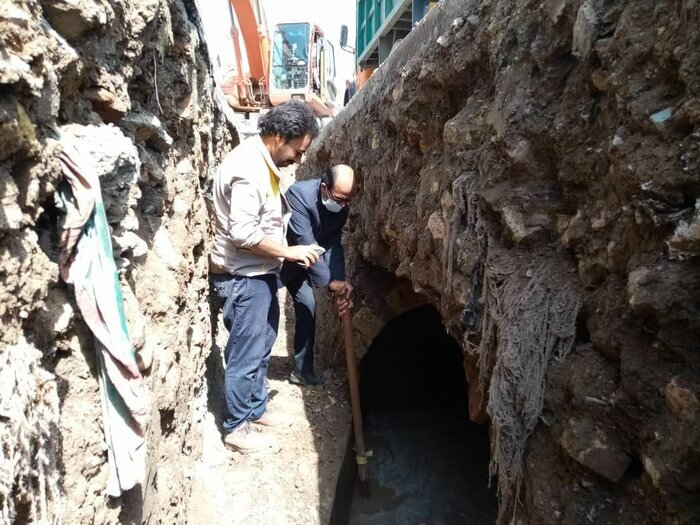Historical cistern discovered in northeast Iran

TEHRAN – A historical Ab-Anbar (cistern) has recently been discovered in Torbat-e Heydarieh, northeast of the country, IRNA reported.
The cistern is estimated to date back to late Qajar era (1789–1925) and early Pahlavi period (1925-1979), and it seems to be a part of a bigger historical complex, Ali Mohammadi, the head of Torbat-e Heydarieh Cultural Heritage, Tourism, and Handicrafts Department, said on Saturday.
The cistern, which was destroyed and turned into a street with the expansion of the city, is being documented by the cultural heritage experts, the official added.
The history of the area stretches back to the Achaemenian Empire from the 6th to 4th century BC and the Parthian Empire from the 3rd century BC to the 3rd century CE.
Over 60 historical sites have been identified inside the historical texture of the city, of which 17 historical properties have been inscribed on the National Heritage list so far.
The term Ab-Anbar is common throughout Iran as a designation for roofed underground water cisterns. It associates with water management systems in arid areas that are reliant on permanent springs or on seasonal rainwater.
Such underground reservoirs or Ab-Anbars are parts of the iconic qanat systems, which rely on snow-fed streams flowing down from surrounding mountains.
Qanats, according to UNESCO, provide exceptional testimony to cultural traditions and civilizations in desert areas with an arid climate.
ABU/MG

Leave a Comment